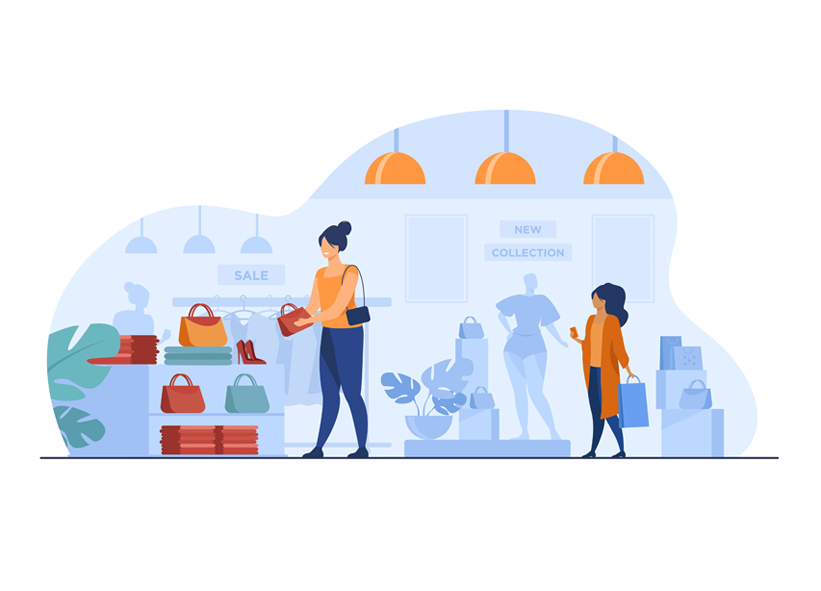Pop up stores are succeeding worldwide. They are a trend that more and more companies are joining in order to enhance their brand and make their proposal attractive to customers. They are temporary stores that are located in strategic places, it can be within a city, in shopping centers or at festivals, as long as they are places with a lot of influx. The most recent examples in Madrid are Heura, the leading plant-based meat company in Spain, and the future pop-up to be opened by Shein, the Chinese textile giant.
The reason for its use is the search for immediacy, also in offline sales. It is achieved by generating an experience now and not later that causes compulsive buying.
Its success is due to the feeling of exclusivity, the offers and the ephemeral products, which attract the consumer. In addition, being physical stores allows offline customers (who do not buy online) to access these services. Other times it serves as a pilot project for future products that will be marketed on a larger scale, or to boost sales on specific dates, such as Christmas or summer periods. In general, these stores manage to highlight the brand thanks to the use of social networks.
The beginnings of physical ‘pop up’ stores
The fashion for these fleeting spaces emerged less than twenty years ago in cities like New York and London, where some fashion designers began looking for unique places to present their new collections or sell their stock. In parallel, the chefs were looking for a new way to enjoy a special dinner.
These stores were born in order to publicize the result of the work of designers and chefs, while trying to save on fixed costs, such as renting the place. All this supposed that his works could be spread beyond the borders, and that they will reach more people.
The Japanese brand Comme des Garçons was a pioneer in creating a pop up store. To do this, he redecorated a New York garage until it became a store open to the public for a week.
Other companies have wanted to imitate the pop up model. In 2012, Nike opened one during the month of August in Barcelona, with a design that commemorated the 20th anniversary of the Barcelona 92 Olympic Games.
Years later, in 2017, the Chinese e-commerce giant, AliExpress, was established in Malasaña in November. With the campaign, Rediscover AliExpress, customers could learn about new trends. In 2018, with the help of El Corte Inglés, a pop-up was reopened to celebrate Single’s Day.
In Spain, at Christmas 2016, Carrefour opened a pop up in the Malasaña neighbourhood.
More recently, for Christmas 2022, the luxury store Tiffany also chose to resort to this trend. In addition, in May of this year, Heura opened a pop up that has exceeded all expectations. 5,000 plates were expected to be sold; but in just five days they managed to sell 9,500 dishes, doubling sales and getting sold out every day.
In addition, Coca-Cola opened a pop up in London, which will be open until September of this year. It has a drinks bar and a personalization machine so that customers can personalize their own soda cans.
This system is a way of studying consumer behavior in short-term formats, their psychology and how changes in purchasing habits influence them. Social networks have created situations where we get used to mixing leisure and consumption.






